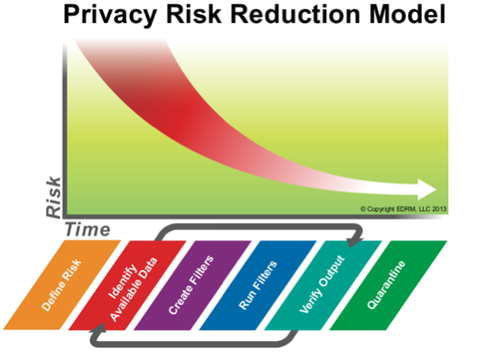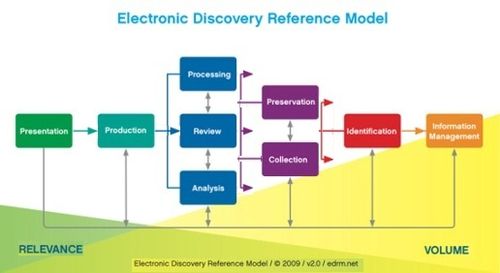Dealing with the Departed – eDiscovery Best Practices

Having addressed this recently with a client, I thought this was a good topic to revisit here on the blog…
When litigation hits, key activities to get a jump on the case include creating a list of key employees most likely to have documents relevant to the litigation and interviewing those key employees, as well as key department representatives, such as IT for information about retention and destruction policies. These steps are especially important as they may shed light on custodians you might not think about – the departed.
When key employees depart an organization, it’s important for that organization to have a policy in place to preserve their data for a period of time to ensure that any data in their possession that might be critical to company operations is still available if needed. Preserving that data may occur in a number of ways, including:
- Saving the employee’s hard drive, either by keeping the drive itself or by backing it up to some other media before wiping it for re-use;
- Keeping any data in their network store (i.e., folder on the network dedicated to the employee’s files) by backing up that folder or even (in some cases) simply leaving it there for access if needed;
- Storage and/or archival of eMail from the eMail system;
- Retention of any portable media in the employee’s possession (including DVDs, portable hard drives, smart phones, etc.).
As part of the early fact finding, it’s essential to determine the organization’s retention policy (and practices, especially if there’s no formal policy) for retaining data (such as the examples listed above) of departed employees. You need to find out if the organization keeps that data, where they keep it, in what format, and for how long.
When interviewing key employees, one of the typical questions to ask is “Do you know of any other employees that may have responsive data to this litigation?” The first several interviews with employees often identify other employees that need to be interviewed, so the interview list will often grow to locate potentially responsive electronically stored information (ESI). It’s important to broaden that question to include employees that are no longer with the organization to identify any that also may have had responsive data and try to gather as much information about each departed employee as possible, including the department in which they worked, who their immediate supervisor was and how long they worked at the company. Often, this information may need to be gathered from Human Resources.
Once you’ve determined which departed employees might have had responsive data and whether the organization may still be retaining any of that data, you can work with IT or whoever has possession of that data to preserve and collect it for litigation purposes. Just because they’re departed doesn’t mean they’re not important.
So, what do you think? Does your approach for identifying and collecting from custodians include departed custodians? Please share any comments you might have or if you’d like to know more about a particular topic.
Image © Warner Bros.
Disclaimer: The views represented herein are exclusively the views of the author, and do not necessarily represent the views held by CloudNine Discovery. eDiscoveryDaily is made available by CloudNine Discovery solely for educational purposes to provide general information about general eDiscovery principles and not to provide specific legal advice applicable to any particular circumstance. eDiscoveryDaily should not be used as a substitute for competent legal advice from a lawyer you have retained and who has agreed to represent you.








